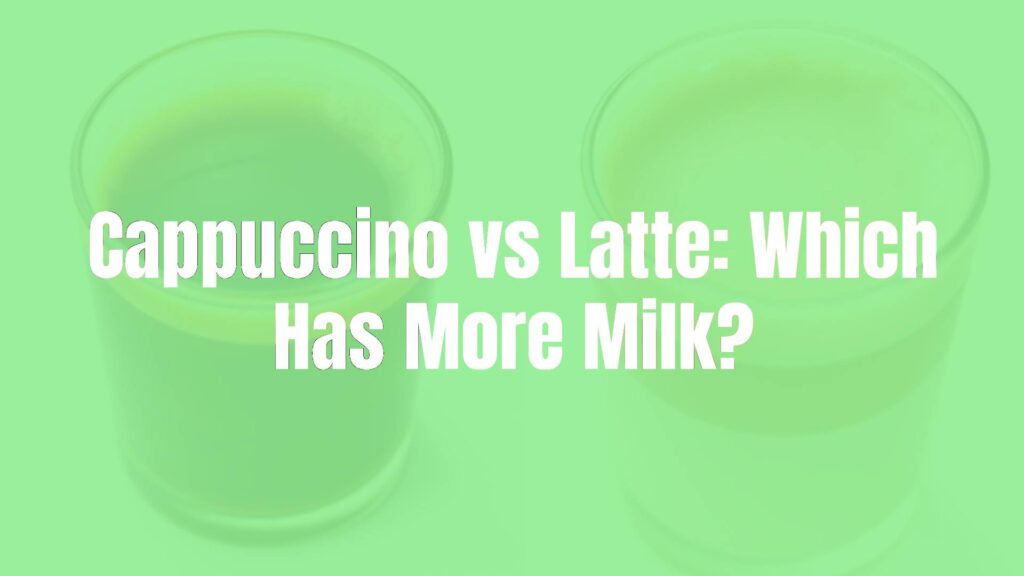Cappuccino vs Latte: Which Has More Milk?
Understanding the Classics: An Overview
Cappuccino and latte are two of the most beloved Italian coffee drinks worldwide, cherished for their rich flavors and inviting presentations. People often ask: which has more milk, cappuccino or latte? This article explores their similarities and differences, focusing on the amount of milk, preparation style, and what makes each beverage unique.
Origins and Evolution
The cappuccino has roots in Italy’s early 20th-century café culture, recognized for its balanced harmony of espresso, steamed milk, and a thick layer of frothy milk foam. The latte, known in Italy as “caffè latte,” emerged as a mellow breakfast beverage, rising to international popularity for its smooth, creamy character and approachable flavor.
Key Ingredients and Classic Proportions
Both drinks share the same core ingredients: espresso and milk. The critical difference lies in the ratio and texture of the milk used:
- Cappuccino: Traditionally consists of equal thirds—one part espresso, one part steamed milk, and one part milk foam.
- Latte: Features more steamed milk (typically two parts milk to one part espresso), finished with just a thin layer of microfoam on top.
Amount of Milk: The Clear Difference
If you are wondering which has more milk, the answer is unequivocally the latte. Lattes contain a significantly larger volume of steamed milk compared to cappuccinos. The abundant milk in a latte makes it creamier and milder, whereas cappuccinos maintain a bolder coffee flavor balanced by less milk and a generous frothy cap.
Flavor, Texture, and Appearance
- Cappuccino: Its texture is airy and light on top, with robust coffee flavor supported by gentle creaminess from the milk. Visually, it is distinguished by its smaller size and thick, foamy top—often dusted with cocoa powder.
- Latte: Creamy and smooth throughout, lattes deliver a subtler coffee taste thanks to the higher milk content. The appearance is characterized by a larger cup and a thin silky foam, often artfully poured.
Serving Styles and Café Culture
Cappuccinos are typically served in smaller cups (150–180 ml), perfect for savoring the coffee’s strength and the lush milk foam. Lattes are generally poured into larger cups or glasses (240–360 ml), allowing for the greater volume of milk and their signature smoothness.
Common Questions and Misconceptions
- Is a latte just a big cappuccino? No—besides being larger, the way milk is steamed and the ratio of ingredients distinguishes the two drinks.
- Does more milk mean less caffeine? Not necessarily; both drinks usually use a single or double shot of espresso. The difference is in volume and flavor strength.
- Which is healthier? Preferences vary. Cappuccinos may contain slightly fewer calories due to less milk.
Conclusion: Choosing According to Taste
If you prefer a stronger coffee flavor with a light, foamy texture, a cappuccino is your ideal choice. If you enjoy a milk-forward, smooth drinking experience, the latte is for you—the clear winner when it comes to milk content.

